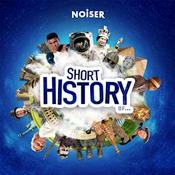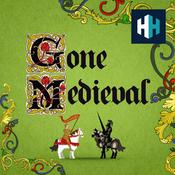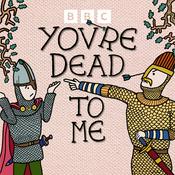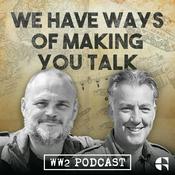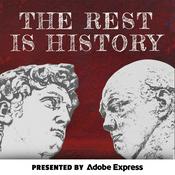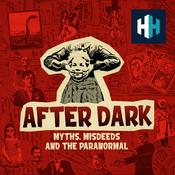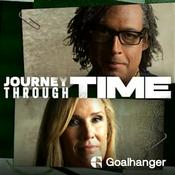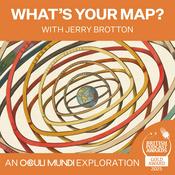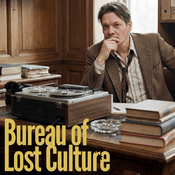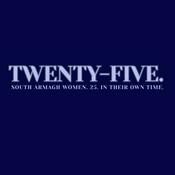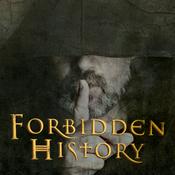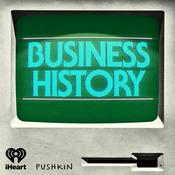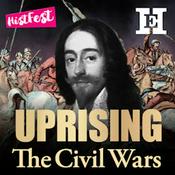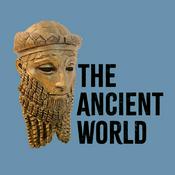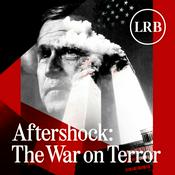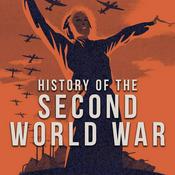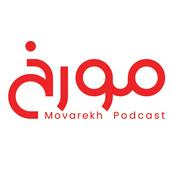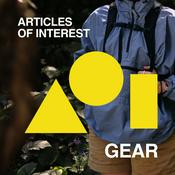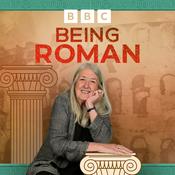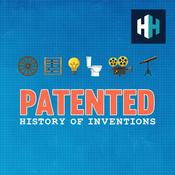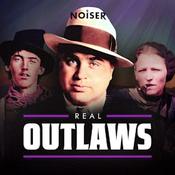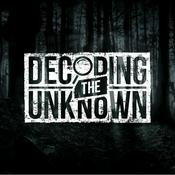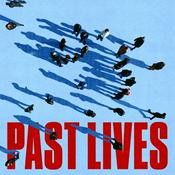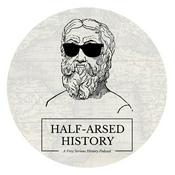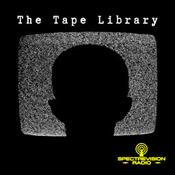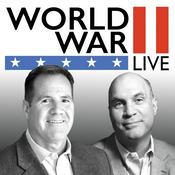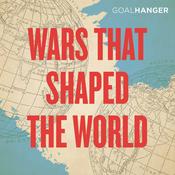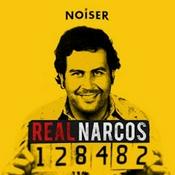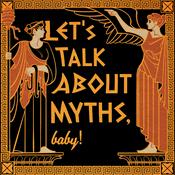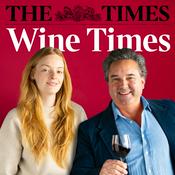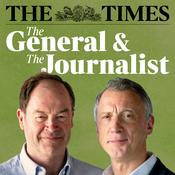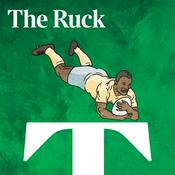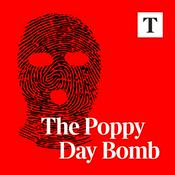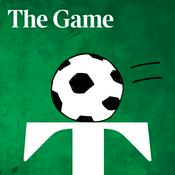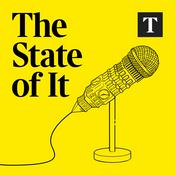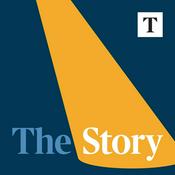12 episodes
Breakthroughs in Cancer Research
21/11/2025 | 11 mins.
Cancer Research UK is funding the breakthroughs that matter. Did you know that over the past 50 years, their work has helped double cancer survival in the UK? From cancer vaccines to innovative diagnostic tools and more, the charity believes its researchers are on the cusp of advances that change how we think about cancer. In this bonus episode, Tom hears from leading research scientist, Professor Peter Sasieni to discuss the remarkable recent breakthroughs Cancer Research UK has achieved supporting the HPV vaccine, and the difference this is making to cervical cancer rates in Britain. And we also hear from Dr Sam Godfrey on some of the new developments and how scientists are discovering more about cancer and its prevention, detection and treatment.This episode was made in partnership with Cancer Research UK.Cancer Research UK is a registered charity in England and Wales (1089464), Scotland (SC041666), the Isle of Man (1103) and Jersey (247). To learn more about Cancer Research UK's breakthroughs click here Hosted on Acast. See acast.com/privacy for more information.
Time-lords and the extra seconds
11/8/2025 | 12 mins.
The start of the New Year in 2017 began in the usual way, with a countdown. But what happens when that countdown is eleven seconds rather than ten? In this final episode of the first series, Tom Whipple explores the evolution of time measurement, the complications a leap second can cause, and the ongoing debate among international 'time lords’ about what's to be done about it. Hosted on Acast. See acast.com/privacy for more information.
The Tree of Life
04/8/2025 | 13 mins.
In this episode of Making Science, Tom Whipple tells the story of physician and alchemist Johannes Baptist van Helmont. In the 17th-century Van Helmont believed he had created the Philosopher's Stone, a substance that could turn base metals into gold. Whilst this might have been a pipe dream his work indirectly paved the way for a monumental scientific discovery - photosynthesis. Hosted on Acast. See acast.com/privacy for more information.
Glow in the dark cocktails and radioactive health drinks
28/7/2025 | 9 mins.
The Sunshine Dinner of 1904 in New York was known for its glow-in-the-dark theme, featuring illuminated decorations, paint and of course, drinks. But what made these cocktails glow? It turned out to be none other than radium. In this episode of Making Science, Tom Whipple goes back to a time when radioactive products touted alluring health benefits. What they didn’t know then, was that the substance was unstable and would prove deadly. Hosted on Acast. See acast.com/privacy for more information.
The kilogram that lost its weight
21/7/2025 | 10 mins.
For over a century, the kilogram was defined by a single, shiny lump of metal locked in a vault near Paris. But what happens when your definition of mass starts...losing mass? In this episode, Tom Whipple, Science Editor at The Times, unpacks the surprisingly dramatic story of the kilo - from the French Revolution’s quest for order, to a quantum reimagining of what “weight” really means. Enter the kibble balance: a machine so precise it can weigh light itself. Sort of. Hosted on Acast. See acast.com/privacy for more information.
More History podcasts
Trending History podcasts
About Making Science with Tom Whipple
Listen to Making Science with Tom Whipple, Short History Of... and many other podcasts from around the world with the radio.net app
Get the free radio.net app
- Stations and podcasts to bookmark
- Stream via Wi-Fi or Bluetooth
- Supports Carplay & Android Auto
- Many other app features
Get the free radio.net app
- Stations and podcasts to bookmark
- Stream via Wi-Fi or Bluetooth
- Supports Carplay & Android Auto
- Many other app features

Making Science with Tom Whipple
download the app,
start listening.
